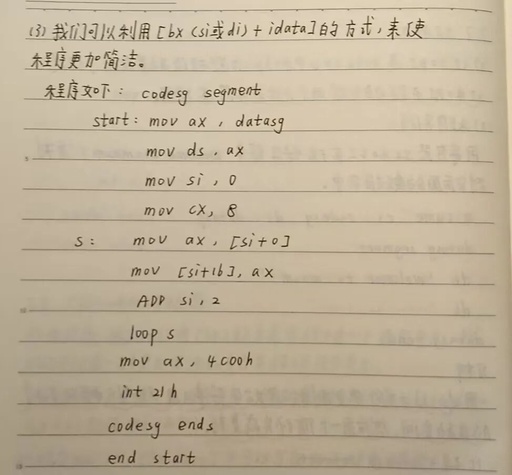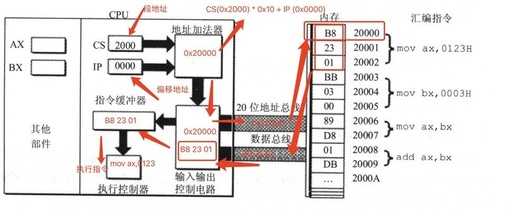Year: 2025
Assembly Language Day 05
0x00 This chapter is dedicated to daily learning and note sharing to help everyone learn assembly language. Why learn assembly language? Because in red-blue confrontations, our tools are often detected and eliminated due to the presence of AV/EDR. Therefore, we need to counter AV, which involves evasion techniques. To learn evasion techniques, we must start … Read more
Qt Announces New Bridging Technology for Languages like Rust
Abstract: Qt Group has announced a significant expansion of the Qt platform and ecosystem. At the Qt World Summit in May 2025, Qt Group unveiled an innovative bridging technology aimed at facilitating seamless integration of Qt with various programming languages. The Origin of the New Bridging Technology Qt’s origins trace back to the C++ ecosystem. … Read more
Exploring the Path of Rust Programming: Learning Notes from Design Philosophy to Memory Safety
Exploring the Path of Rust Programming: Learning Notes from Design Philosophy to Memory Safety In the programming world, Rust has rapidly risen to prominence as a new favorite for system-level programming due to its features of memory safety, zero-cost abstractions, and high performance. “The Rust Programming Path” is not just a technical book but a … Read more
Can Rust Really Prevent Those Old Problems in C Code? We Conducted an Experiment to Verify
This article is reprinted with permission from the WeChat public account CSDN (ID: CSDNnews) Author | Marc, Translation Tool | ChatGPT, Editor | Su Ma C and C++ are traditional powerhouses widely used in system development, but they often get blamed for memory safety issues. So, can using Rust really make software safer? System software … Read more
Modifying MAC Address on Embedded Linux Network Interface
Hello everyone, I am the Intelligence Guy~ Modifying the MAC address is a common development requirement in network management and privacy protection. 1. Why Change the MAC Address? For example, when we replace a damaged network card, we need to restore the original MAC address to maintain IP allocation, firewall policies, and device authentication; there … Read more
Why Do 90% of Cloud Computing Platforms Run on Linux?
Have you ever wondered why cloud computing giants like AWS, Alibaba Cloud, Huawei Cloud, and Google Cloud almost uniformly choose Linux as their underlying system? Isn’t Windows Server appealing? Today, we will unveil the “five key advantages” of Linux’s dominance in the cloud computing market, and by the end, you’ll understand why it is indispensable … Read more
Digital Sovereignty Begins at the Desktop: The Era of Linux Desktops in Europe is Approaching
With the impending end of support for Windows 10 and incidents such as Microsoft complying with U.S. government sanctions against the Chief Prosecutor of the International Criminal Court, European countries are alarmed. Transitioning to a Linux desktop will aid in enhancing security and privacy protection, as well as maintaining Europe’s digital sovereignty. The French Gendarmerie … Read more
Do Not Confuse Shell Commands with Linux Commands!
Under the black curtain of the terminal, Shell commands and Linux commands are like twin flames, intertwined yet distinctly characterized. Beginners often confuse the two, but in reality, they are mirror projections of ‘environment’ and ‘system’. 1. Definition Distinction: Interpreter vs Kernel Shell commands: Instructions executed through a Shell interpreter (such as Bash/Zsh), essentially serving … Read more
TF ADC Competition Accelerates: Zai Ding Files for Cervical Cancer Approval, Xin Nuo Wei Launches Phase III for Pancreatic Cancer
Click the blue text Follow us This Issue Highlights Currently, the only approved TF-ADC drug globally is Seagen’s TIVDAK (tisotumab vedotin-tftv, for cervical cancer), with a carrier of VA–MMAE. It has been approved for sale in Japan. The domestic sales are handled by Zai Ding Pharmaceutical, which has submitted a listing application. Xin Nuo Wei’s … Read more









